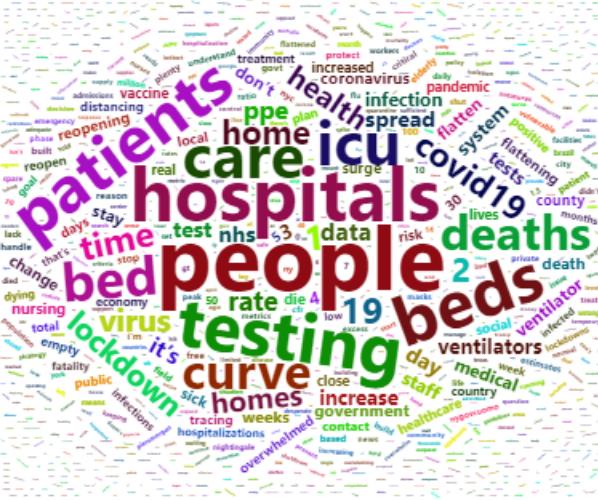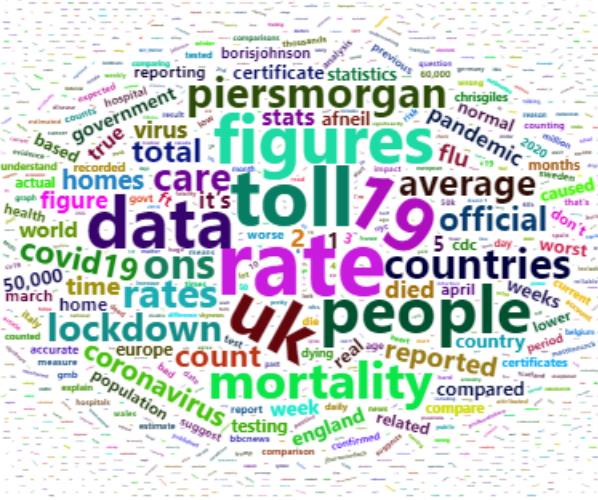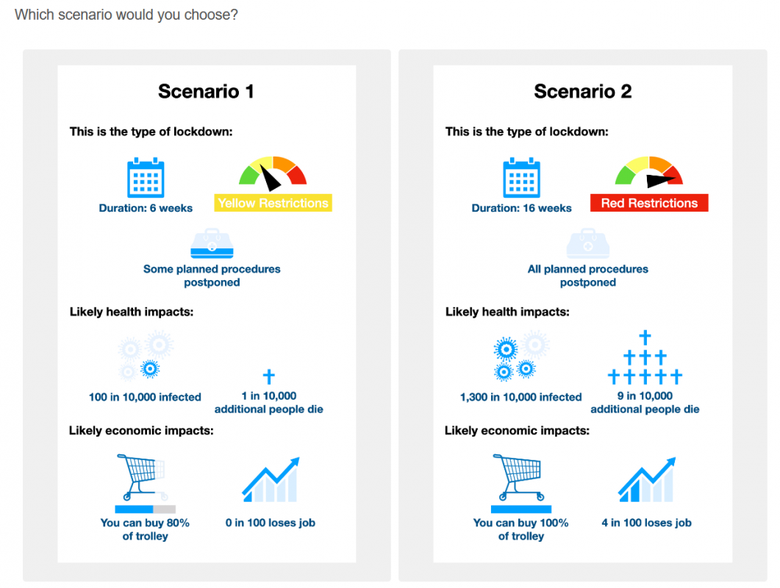
Governments use social distancing measures to try to control the COVID-19 pandemic. Countries have used different policies. These policies, often lockdowns, aim to slow the spread of the disease. They also prevent hospitals from running out of capacity.
During the first stages of the pandemic, governments put national lockdowns in place. Later in the pandemic, lockdowns focused on more local areas. It is expected lockdowns will continue to happen until a treatment or vaccine for COVID-19 is available.
How well local lockdowns work depends on the public following the rules. This research project aims to understand the public’s views on lockdowns.

The lockdown effects
Lockdowns have both health and economic impacts. On the health side, lockdowns try to reduce the number of people who get and die from the disease. Lockdowns also impact routine health treatments. Lockdowns will also have effects on physical and mental health of people.
Lockdowns also have large economic impacts. People may lose their jobs. People may see their income decrease. Governments try to prevent the economic impact of lockdowns, but it is not clear how effective these measures will be. Lockdowns may affect some groups more than others. Health and economic impacts are also closely related. It is important to balance the health benefits against the economic impact of lockdown measures.
Lockdown rules have been set by national governments, but the impacts of lockdowns will change across people and communities. For example, local factors may affect people views on lockdowns. The type of job someone has might also impact their views on lockdown measures. Values and belief systems might also play a role. All these things might determine how willing people are of accepting lockdown measures.
What is our study?
This study will use a discrete choice experiment (DCE) to investigate public preferences for lockdown measures. This HERU Explains video explains what DCEs are.
We will ask 4,000 people across the four home nations of the UK to answer this DCE. We will use the results to work out how different people view different lockdown measures and their impacts on their life.
We will work out how people trade-off things such as economic impacts and health impacts. We will be able to determine how people balance personal sacrifices and the public good.
How did we design our study?
We had to understand more about lockdowns and their effect on people and communities. We studied policy documents, journal articles and reports of lockdowns across the world. We also looked at Twitter to get a sense of people's views on the UK lockdown. We used all this information to design the DCE and survey. The images below show what the word cloud from the tweets look like.


Hospital capacity Excess deaths
The DCE will use choice scenarios to reveal people’s preferences. The image below shows what the lockdown scenarios look like.

We will collect other information from the people who complete our survey. This information includes socio-demographics, experience with COVID-19 and information about their attitudes and beliefs. We will use this to work out how different people view the lockdown measures.
What’s next?
We have to make sure we have the best possible survey before we roll it out to the public. We are currently testing the survey with members of the public using video call interviews with people we recruited from social media. We hope to be able to implement the survey in September 2020 and have preliminary results before the end of year.
The findings from our study will be able to inform policy on future targeted pandemic lockdowns.
Watch this space!
Update November 2020 - we now have a published protocol for this project:
Genie, M. G., Loría-Rebolledo, L. E., Paranjothy, S., Powell, D., Ryan, M., Sakowsky, R. A. and Watson, V. (2020) 'Understanding public preferences and trade-offs for government responses during a pandemic: a protocol for a discrete choice experiment in the UK', BMJ Open, 10(11), e043477.
Many thanks to the study team for developing this blog post. The study team for the project are: Mesfin Genie, Luis Loría-Rebolledo, Mandy Ryan, Ruben Sakowsky and Verity Watson from HERU, and Shantini Paranjothy and Daniel Powell (University of Aberdeen). There are more details of the research at the 'Lives and livelihoods' project page on the HERU website.
HERU is supported by the Chief Scientist Office (CSO) of the Scottish Government Health and Social Care Directorates (SGHSC). The views expressed here are those of the Unit and not necessarily those of the CSO.


